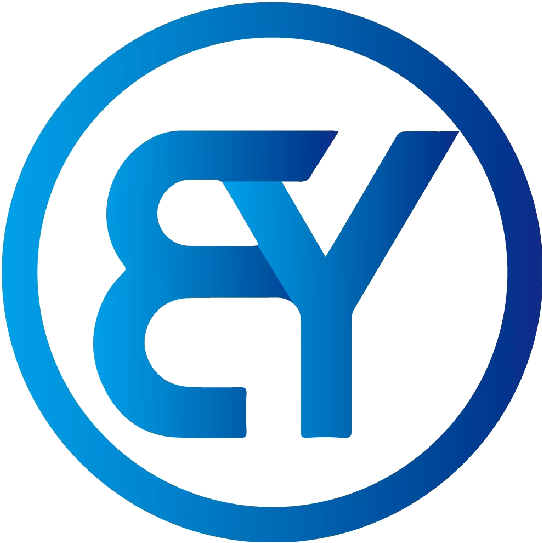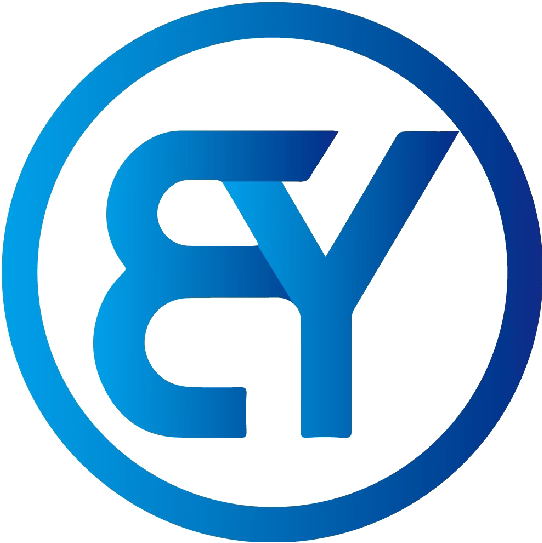The Complete Guide to Flaring Copper Pipes Efficiently
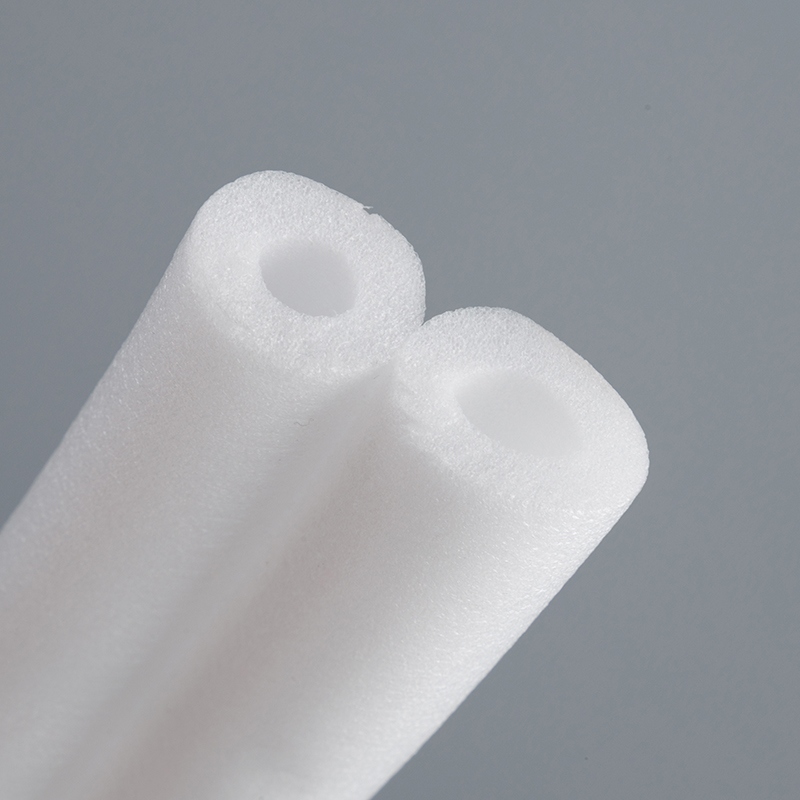
Flaring copper pipes is essential for achieving secure and leak-free connections in plumbing and HVAC systems. You might wonder why this process holds such significance. Well, it helps create a tight seal, preventing leaks and potential failures. Efficient flaring not only saves time but also enhances the longevity of your installations. In plumbing, copper pipes remain a major choice due to their durability and reliability. Using the right tools, such as a copper pipe flaring tool and a copper pipe clamp, ensures you achieve the best results. Don't forget to consult a copper pipe dimensions chart for precise measurements.
Understanding Copper Pipe Flaring
What is Copper Pipe Flaring?
Definition and Purpose
Copper pipe flaring involves expanding the end of a copper tube to create a conical shape. This process allows you to connect pipes securely without the need for additional fittings. By flaring the pipe, you ensure a tight seal when joining it with another component. This technique is crucial in plumbing and HVAC systems, where leak prevention is paramount.
Common Applications
These applications benefit from the secure and leak-proof connections that flaring provides. Whether you’re working on a home project or a commercial installation, understanding flaring can enhance your work quality.
Why Flaring is Important
Ensuring Secure Connections
Flaring plays a vital role in ensuring secure connections. When you flare a copper pipe, you create a strong bond that withstands pressure and temperature changes. This strength is essential in preventing disconnections that could lead to costly repairs. By mastering flaring, you contribute to the reliability of your plumbing or HVAC system.
Preventing Leaks and Failures
Additionally, a well-flared pipe reduces the chances of failures, saving you time and money in the long run. By focusing on proper flaring techniques, you enhance the durability and performance of your installations.
Tools and Materials Needed
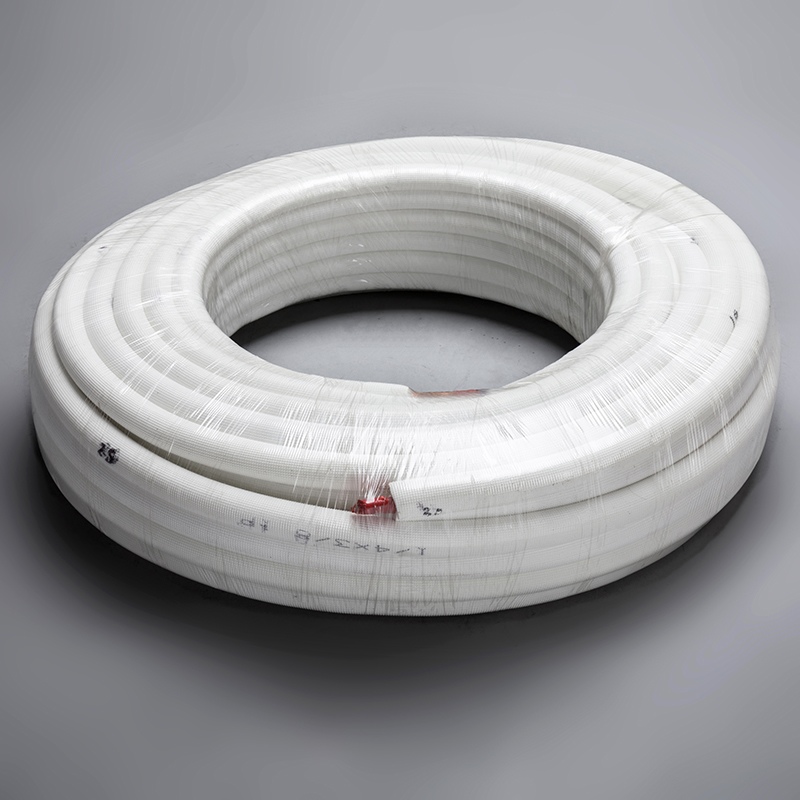
When it comes to flaring copper pipes, having the right tools and materials is crucial. Let's dive into what you'll need to get the job done efficiently.
Essential Tools for Flaring
To achieve a perfect flare, you need a few essential tools. Here's what you should have in your toolkit:
Copper Pipe Flaring Tool Kit
A copper pipe flaring tool kit is your best friend when it comes to flaring. This kit usually includes a flaring tool, a yoke, and a set of dies. The Rothenberger Flaring Tools are a great choice. They offer precision production of 45° single flares on copper, brass, aluminum, and even thin-walled steel piping. These tools are perfect for both soft and hard-drawn copper tubing. With features like automatic self-centering and hardened clamp jaws, they ensure you get a precise flare every time.
Pipe Cutter and Deburring Tool
Before you start flaring, you need to cut the copper pipe to the desired length. A pipe cutter will help you make clean cuts without distorting the pipe. After cutting, use a deburring tool to remove any burrs or rough edges. This step is essential to ensure a smooth and even flare. A clean pipe end will help you achieve a secure connection and prevent leaks.
Choosing the Right Copper Pipes
Selecting the right copper pipes is just as important as having the right tools. Here's what you need to consider:
Types of Copper Pipes
Copper pipes come in various types, each suited for different applications. The most common types include Type K, L, and M. Type K has the thickest walls and is often used for underground installations. Type L is suitable for interior plumbing, while Type M is used for low-pressure applications. Knowing the type of copper pipe you need will help you make the right choice for your project.
Copper Pipe Dimensions Chart
A copper pipe dimensions chart is an invaluable resource. It provides you with the exact measurements of different copper pipe types, including their outer diameter, wall thickness, and weight per foot. This chart helps you select the right pipe size for your specific needs, ensuring a proper fit and efficient flaring process.
By equipping yourself with the right tools and understanding the types of copper pipes available, you'll be well-prepared to tackle any flaring project. Remember, precision and preparation are key to achieving secure and leak-free connections.
Step-by-Step Guide to Flaring Copper Pipes
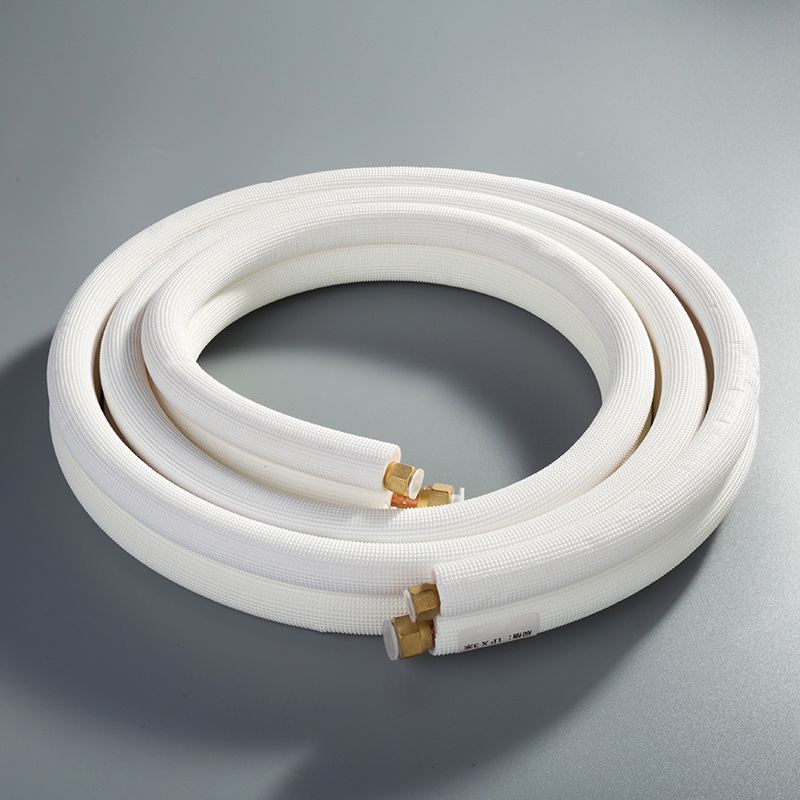
Preparing the Pipe
Before you start flaring, you need to prepare the copper pipe properly. This ensures a smooth and successful flaring process.
Cutting the Pipe to Length
First, cut the copper pipe to the desired length. Use a pipe cutter for a clean and precise cut. A clean cut prevents uneven edges, which can affect the quality of the flare. Make sure the pipe is straight and free from any bends or kinks.
Deburring the Pipe End
After cutting, deburr the pipe end. Use a deburring tool to remove any burrs or rough edges. This step is crucial because burrs can interfere with the flaring process. A smooth pipe end ensures a better seal and reduces the risk of leaks.
Flaring the Pipe
Now that your pipe is ready, it's time to flare it. Follow these steps to create a perfect flare.
Setting Up the Copper Pipe Flaring Tool
Place a flare nut onto the copper tubing before setting up the flaring tool. This nut will secure the connection later. Align the flared end of the copper tubing evenly against the tapered end of the flaring tool. This alignment is key to achieving a proper flare.
Creating the Flare
Gradually tighten the flaring tool using both hands. Clamp the tool securely around the copper pipe before applying pressure. Avoid over-tightening, as this can split the copper tubing. A well-executed flare should have a smooth, conical shape.
Inspecting and Testing the Flare
Once you've created the flare, inspect and test it to ensure quality and reliability.
Checking for Flare Quality
Examine the flare for any cracks or irregularities. The flare should be even and symmetrical. If you notice any defects, you may need to redo the flare. A high-quality flare ensures a secure connection.
Testing for Leaks
Finally, test the flare for leaks. Connect the flared pipe to its counterpart and apply pressure. Check for any signs of leakage. If the connection holds without leaks, you've successfully flared the copper pipe.
By following these steps, you can achieve efficient and reliable flares every time. Remember, practice makes perfect. With each attempt, you'll improve your skills and confidence in flaring copper pipes.
Tips for Efficient Flaring
Mastering the art of flaring copper pipes can save you time and prevent headaches down the road. Let's explore some common mistakes to avoid and best practices to ensure success.
Common Mistakes to Avoid
Over-tightening the Flare
One of the most frequent errors is over-tightening the flare. You might think that a tighter flare means a more secure connection, but that's not the case. Over-tightening can actually split the copper tubing, compromising the integrity of the flare. Instead, apply just enough pressure to form a smooth, conical shape. Remember, a well-executed flare should be snug but not forced.
Using Incorrect Tools
Using the wrong tools can lead to poor results. A proper copper pipe flaring tool kit is essential. It includes everything you need for precise flares. Avoid makeshift solutions or tools not designed for flaring. They can damage the pipe and lead to leaks. Invest in quality tools to ensure your flares are reliable and durable.
Best Practices for Success
Regular Tool Maintenance
Maintaining your tools is crucial for efficient flaring. Clean and inspect your flaring tool regularly. Look for signs of wear or damage. A well-maintained tool performs better and lasts longer. Regular maintenance ensures that your flares are consistent and high-quality every time.
Proper Pipe Handling with Copper Pipe Clamp
Handling the pipe correctly is just as important as the flaring process itself. Use a copper pipe clamp to hold the pipe securely while you work. This prevents movement and ensures an even flare. A stable pipe leads to a more precise and reliable connection. Proper handling minimizes the risk of errors and enhances the overall quality of your work.
By avoiding common mistakes and following these best practices, you'll achieve efficient and reliable flares. Practice makes perfect, so keep honing your skills. With time, you'll become proficient in creating secure and leak-free connections.
Mastering the art of flaring copper pipes is a valuable skill. Let's recap the process: you start by preparing the pipe, then move on to creating a precise flare, and finally inspect and test for quality. Following these steps ensures secure and leak-free connections. It's crucial to adhere to the correct procedures to avoid common pitfalls like over-tightening.
"I always prefer to flare my own copper tubing. My preferred flare block is a Ridgid ratcheting flare block that I bought in about 1970 and still makes perfect flares."
This testimonial highlights the importance of practice and using reliable tools. So, keep honing your skills. Apply what you've learned here to your next project. You'll see improvements in no time!
See Also
Best 5 Tools for Flaring Copper Pipes in Projects
Ultimate Manual for Keeping Copper Pipes Efficient
Selecting the Perfect Flaring Tool for 1/2 Copper Pipe
